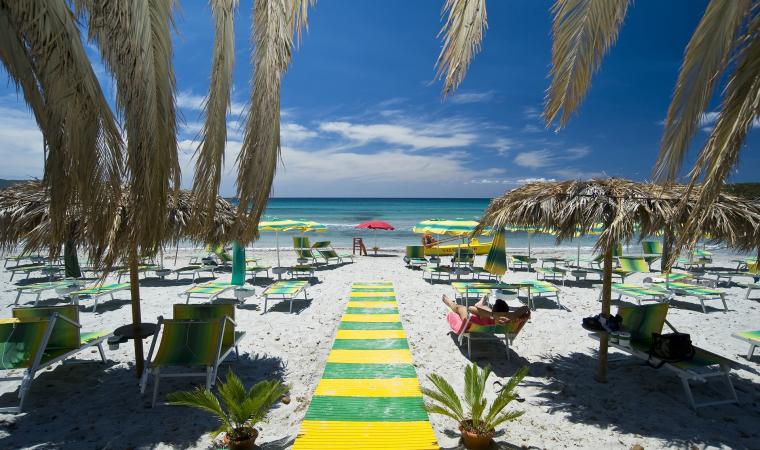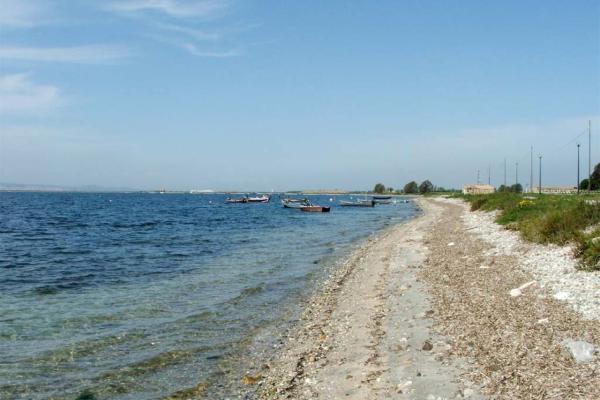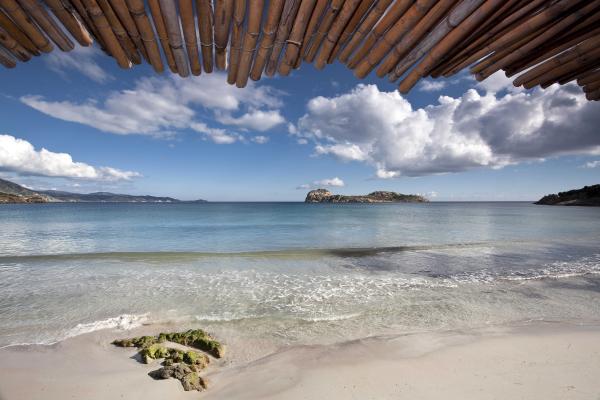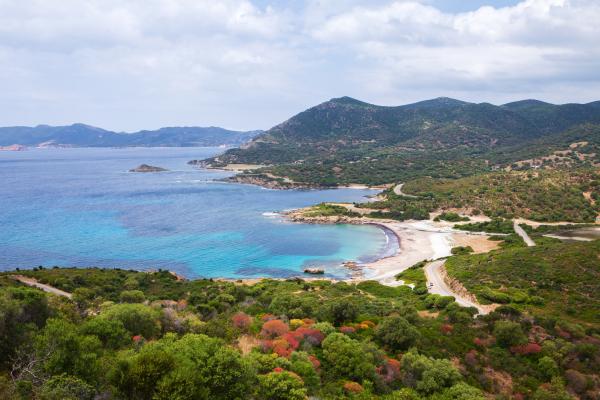It became famous and a much sought-after tourist destination, thanks to Porto Pino, a 'pearl' of the Mediterranean of dazzling beauty and harmonious ecosystem with placid lagoons, lush greenery, fine white sand dunes and a clear, turquoise sea. Sant'Anna Arresi is a pretty village with almost three thousand inhabitants in Lower Sulcis, with thousands of natural, cultural attractions including food and wine. An independent municipality since 1965, it stretches across a hill that dominates a plain rich with coastal ponds (Porto Pino, Maestrale, Corvo, is Brebeis and Foxi), that are the home to black-winged stilts and flamingos. The lagoon area is delimited by the promontory of Porto Pino, covered by a vast pine forest with extremely rare Aleppo pines, kermes oaks and junipers, as well as Mediterranean scrub. Along the Arresi coast, between little coves of pink sand, long 'desert-like' beaches and reefs with breathtaking seabeds, the Caribbean paradise of Porto Pino stands out. It is a four-kilometre long expanse of sand divided into the 'first' beach and 'second' beach, that borders with is Arenas Biancas, the impressive and pure white dunes in the territory of Teulada. In the locality of Porto Pinetto, you will find another 'gem': cala dei Francesi, a half-moon of white sand with fragments of coral, washed by a sea with reflections of emerald green and blue.

Town
It is a small and renowned municipality in the Sulcis region, in southwestern Sardinia: its unique features include a nuraghe in the town centre and one of the Island's most beautiful stretches of coastline
It is a small and renowned municipality in the Sulcis region, in southwestern Sardinia: its unique features include a nuraghe in the town centre and one of the Island's most beautiful stretches of coastline
See this place because...
It is a splendid tourist destination with pink coves and long beaches of fine, white sand washed by the turquoise sea, and with traditions, culture and archaeology
Pictures and videos
You may also like
More attractions in the vicinity
Nearby hotels and accommodations

Bed and breakfast
SANT'ANNA ARRESI
0 km

Bed and breakfast (rental rooms)
SANT'ANNA ARRESI
0 km

Bed and breakfast (rental rooms)
SANT'ANNA ARRESI
0 km
















